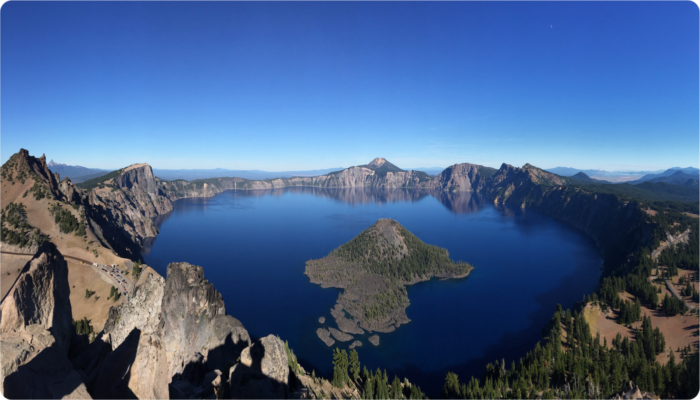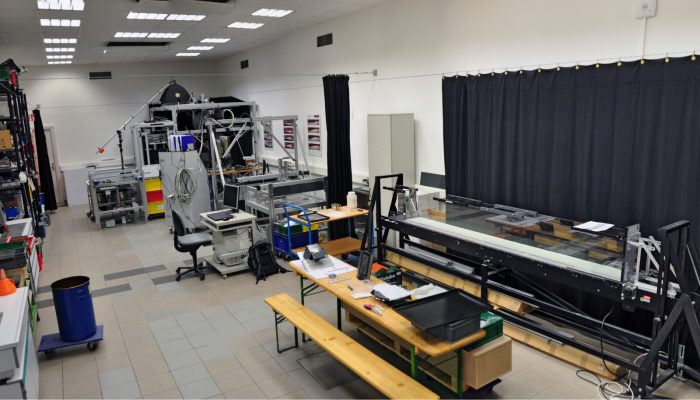The worldwide relatively frequent recurrence of volcanic eruptions, earthquakes and tsunamis, as well as their strong impact on society make them the most common sources of myths. The most intriguing part is how different cultures describe relatively similar events in very different ways. Among them, the myths at the base of the origins of the Crater Lake in Oregon (USA), mainly orally inherited f ...[Read More]
TS Must-Read – Wang et al. (2012) Deformation cycles of subduction earthquakes in a viscoelastic Earth
Large subduction earthquakes cause perturbation of the subduction system, whose response depends on its rheological characteristics. The evolution of the subduction system from earthquake to earthquake is defined as subduction earthquake cycle (SEC), and is characterised by three main processes that operate over decades/centuries: postseismic afterslip, viscoelastic mantle relaxation, and fault re ...[Read More]
Geomythology. Japan’s Earthquakes – The work of Namazu?
Welcome to this first post on the EGU TS blog’s newest series on Geomythology. Plate tectonic theory has existed for just over half a century but the Earth beneath us has always been active. In this series we explore historical and mythological explanations to tectonic phenomena we now understand, such as earthquakes, volcanoes, mountains, and others. Japanese earthquakes Japan is one of the count ...[Read More]
Minds over Methods: Experimental seismotectonics
For our next Minds over Methods, we go back into the laboratory, this time for modelling seismotectonics! Michael Rudolf, PhD student at GFZ in Potsdam (Germany), tells us about the different types of analogue models they perform, and how these models contribute to a better understanding of earthquakes along plate boundaries. Experimental seismotectonics – Seismic cycles and tectonic ...[Read More]




